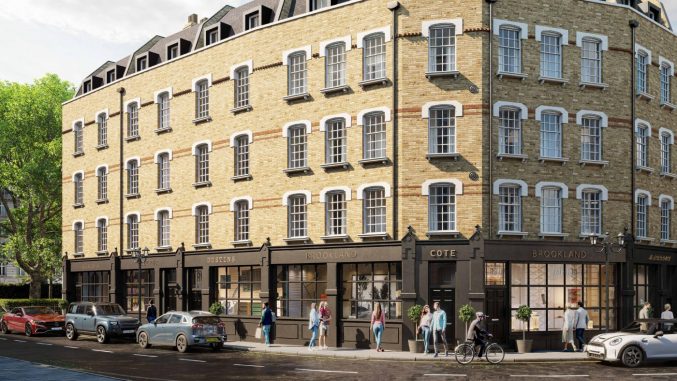House prices booming in UK self-employed hotspots
By Bridging Loan Directory
But local entrepreneurs may struggle to benefit due to difficulties obtaining a mortgage
Property values have surged in seven of the top 10 local authorities with the highest concentration of self-employed people, new research reveals.
However experts warn that many self-employed residents in these areas may struggle to capitalise on this local property boom because they can’t get a mortgage from their bank.
According to new analysis of ONS and Land Registry data, the country’s biggest self-employed hotspot – with nearly a quarter of its workforce running their own businesses (23.8% or 13,500 people) – is Three Rivers district in Hertfordshire, where house prices have seen a substantial hike of 9.6% over the past two years compared to an average rise of 7% across the rest of the UK.
The local authority with the second highest concentration of self-employed was Chiltern district council in Buckinghamshire, where 22.3% work for themselves. Property values in this area witnessed a staggering increase of 15.6% over the past two years; more than twice the national average.
But specialist lender Together warns that many self-employed workers in these regions may be locked out of this property boom because they fail to meet the strict lending criteria of the high street banks.
Richard Tugwell, pictured, group intermediary director at Together, said mortgage brokers can help by making borrowers in these areas aware of their options.
He said:
“While buying at a time of steeply-rising house prices could offer self-employed workers more financial security, many would-be borrowers in these areas are missing out on this significant opportunity because they can’t get a mortgage from their banks.
“Mainstream lenders often rely on computerised systems to check a borrower’s credit history and affordability, meaning those who don’t “tick the right box” can easily fall through the cracks. Unfortunately, the self-employed – who might have irregular income or a shorter trading history – are often victims here, being deemed as ‘too high risk’ for many high street banks to lend to.”
In the UK, there are currently around 4.8 million self-employed workers – 15% of the total UK work force. However, according to the latest FCA data, only 58,329 mortgages were taken out by self-employed workers in the first half of 2017 – just 10% of the total number of home loans taken out in the period – suggesting that entrepreneurs are finding it disproportionately difficult to take out mortgage finance compared to the rest of the population.
Richard Tugwell added:
“The small number of successful mortgage applicants who are self-employed is indicative of the mainstream banks’ general reluctance to lend to this group. Thankfully, specialist lenders like Together do things differently, looking at each mortgage application on a case-by-case basis while using our common sense approach to lending decisions, even in the most complex of situations.
“Unlike the mainstream banks, we consider a far wider number of factors from self-employed applicants, and brokers have a role to play in making their customers aware of their options, allowing even those who have recently come out of full time employment to access the mortgage or loan they need.”
Top ten self-employed hotspots
| Local authority | Number of self-employed | Percentage of self-employed | Average house price (2017) | Average house price rise since 2015 |
|
13,500 | 23.8% | £554,695 | 9.6% |
|
14,800 | 22.3% | £652,008 | 15.6% |
|
16,200 | 22% | £255,375 | 5.3% |
|
7,000 | 21.4% | £225,781 | 2.61% |
|
17,900 | 20.6% | £197,418 | 8.2% |
|
16,100 | 19.8% | £308,613 | 11.9% |
|
23,200 | 19.1% | £2,013,900 | 5.3% |
|
19,900 | 19% | £371,176 | 12.8% |
|
7,900 | 18.8% | £720,451 | 8.1% |
|
11,400 | 18.8% | £331,151 | 7.1% |











You must be logged in to post a comment.